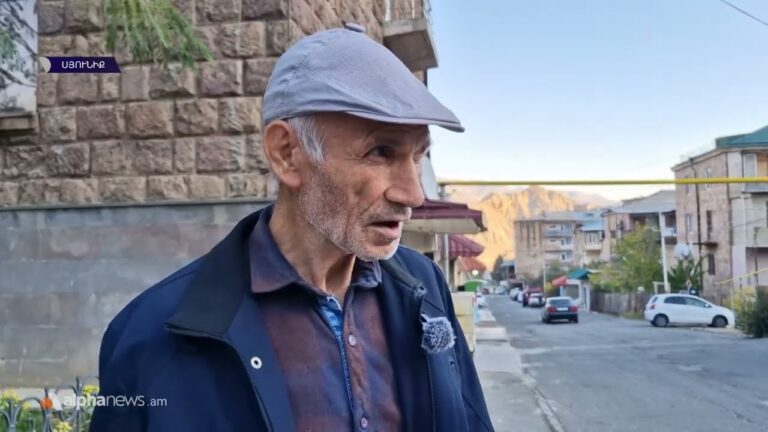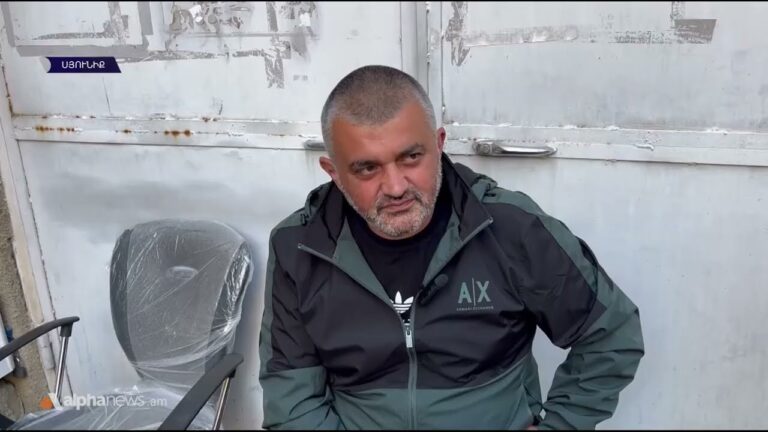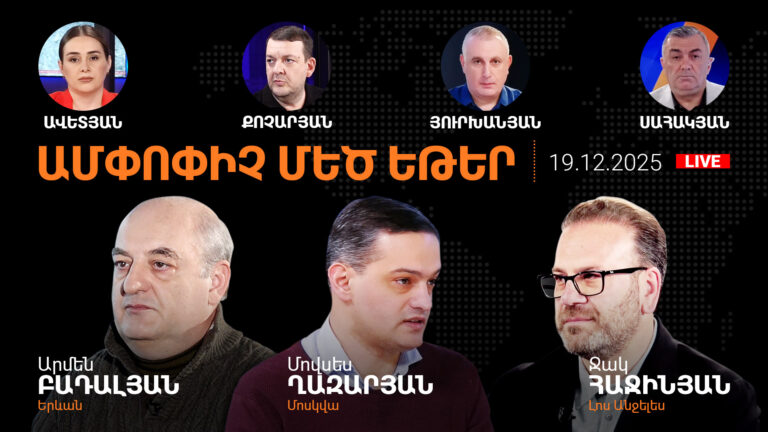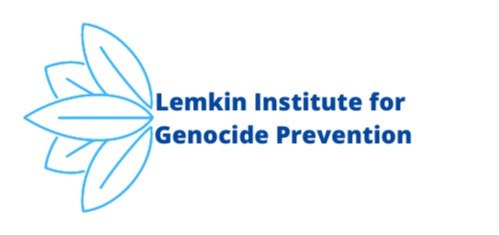But seriously, why did Armenia surrender Artsakh so easily?
November 02 2023, 23:00
The ability to keep a cool head while analyzing the events in our country and trying to find a logical explanation of the problems is vital because it helps us control risks.
It is important to understand that the statement of November 9, 2020, laid the foundations of a new security structure in the South Caucasus. The new structure included the delimitation of the borders between Armenia and Azerbaijan, the opening of economic and transport communications between the parties, the normalization of relations, and mutually beneficial economic cooperation. The solution to the Artsakh issue was to be left for the future, and in all these processes, Russia was ready to provide the necessary support to both Armenia and Azerbaijan.
Moreover, in 2022, speaking at a meeting of the Valdai Club, Russian President Vladimir Putin noted that Armenia is a strategic partner and ally of Russia. Thus, when solving problems between the two countries, including the status of Artsakh, Russia was ready to take into account both the interests of Azerbaijan and Armenia’s offers.
Russia has never hidden that the statement of November 9, 2020 was and remains the core of resolving the situation in the region. The most important points of the document of November 9 for Russia were paragraphs 6 and 9:
Paragraph 6 – The Lachin corridor (5 km wide), which will provide a link between Nagorno-Karabakh and Armenia and will not pass through the city of Shushi, remains under the control of the peacekeeping forces of the Russian Federation.
Paragraph 9 – All economic and transport communication in the region shall be unblocked. The Republic of Armenia shall guarantee the safety of transport communication between the western regions of the Republic of Armenia and the Nakhichevan Autonomous Republic to organize the unimpeded movement of persons, vehicles, and cargo in both directions. Control over transport communications is carried out by the Federal Security Service of the Russian Federation.
These two points were supposed to allow Russia to not only maintain its presence in the region, but also make it permanent.
Over time, Pashinyan realized that after the demarcation of the Armenian-Azerbaijani borders, the opening of communications, and the agreement on postponing discussions on the status of Artsakh, it would be possible to manage the conflict and dictate clear “rules of the game”. In this case, he personally will cease to be Russia’s political partner in Armenia and will become the target of criticism of our Western partners. He saw threats to his personal power and did everything to move the negotiation process from the Russian platform to the Western one.
At the same time, Paragraphs 6 and 9 of the statement were interrelated, and if one paragraph cannot be fulfilled, the other one will not be fulfilled either. In other words, if there is no Artsakh, there is no statement of November 9, no agreement, and no control of communications. It is for this reason that not only Artsakh was so easily surrendered to Azerbaijan, but also the negotiation process on the Russian negotiating platform was purposefully sabotaged for a long time.
Let us recall only one case. At the EAEU summit in Moscow on May 25, a very well-organized “skirmish” took place between Nikol Pashinyan and Ilham Aliyev.
The “skirmish” between the leaders of Armenia and Azerbaijan was aimed at preventing constructive negotiations in Moscow. Recall that before the summit and the trilateral meeting, the Russian media reported that the parties agreed on two new trilateral statements that were not signed, with the trilateral meeting lasting only 20 minutes. During the quarrel in the presence of Putin, Pashinyan and Aliyev actually presented what was agreed on October 6, 2022, in Prague. That is, to surrender Artsakh to Azerbaijan and withdraw Russian troops from Artsakh and Armenia.
The ultimate goal of this whole process was the sabotage of negotiations on the Russian platform; the effortless surrender of Artsakh was necessary to reset the statement of November 9 and, most importantly, to reset Paragraph 9 of the said statement.
Pashinyan’s speech at the government meeting on November 2, when he stated that the National Security Service had already created a unit ensuring the security of transport communications passing through the territory of Armenia, terminated the statement of November 9.
“The functions of the unit will include the protection of roads, railways, power lines, gas pipelines, and other communications, including regional ones, transport, people and cargo,” Pashinyan said.
There will definitely be those who will say that it is better that the Armenian special services, rather than the Russian side, exercise control over communications, but the reality of recent weeks shows that the situation may develop in such a way that there will be no need to unblock communications. “Crossroads of Peace” may become another unrealized project of Pashinyan.
As the political scientist Sergey Melkonyan correctly noted, Nakhichevan is quite convenient as a “trade crossroads”, while Armenia will remain at a “regional dead end”.
On October 26, Russian Deputy Prime Minister Alexey Overchuk said that Zangezur is not being considered within the framework of the North-South project due to Armenia’s unclear position.
The situation in Armenia as well as potential communications between Azerbaijan and Nakhichevan through Iran indicate that Pashinyan’s “Crossroads of Peace” threatens to turn into a complete dead end. And Artsakh fell victim to that dead end.







